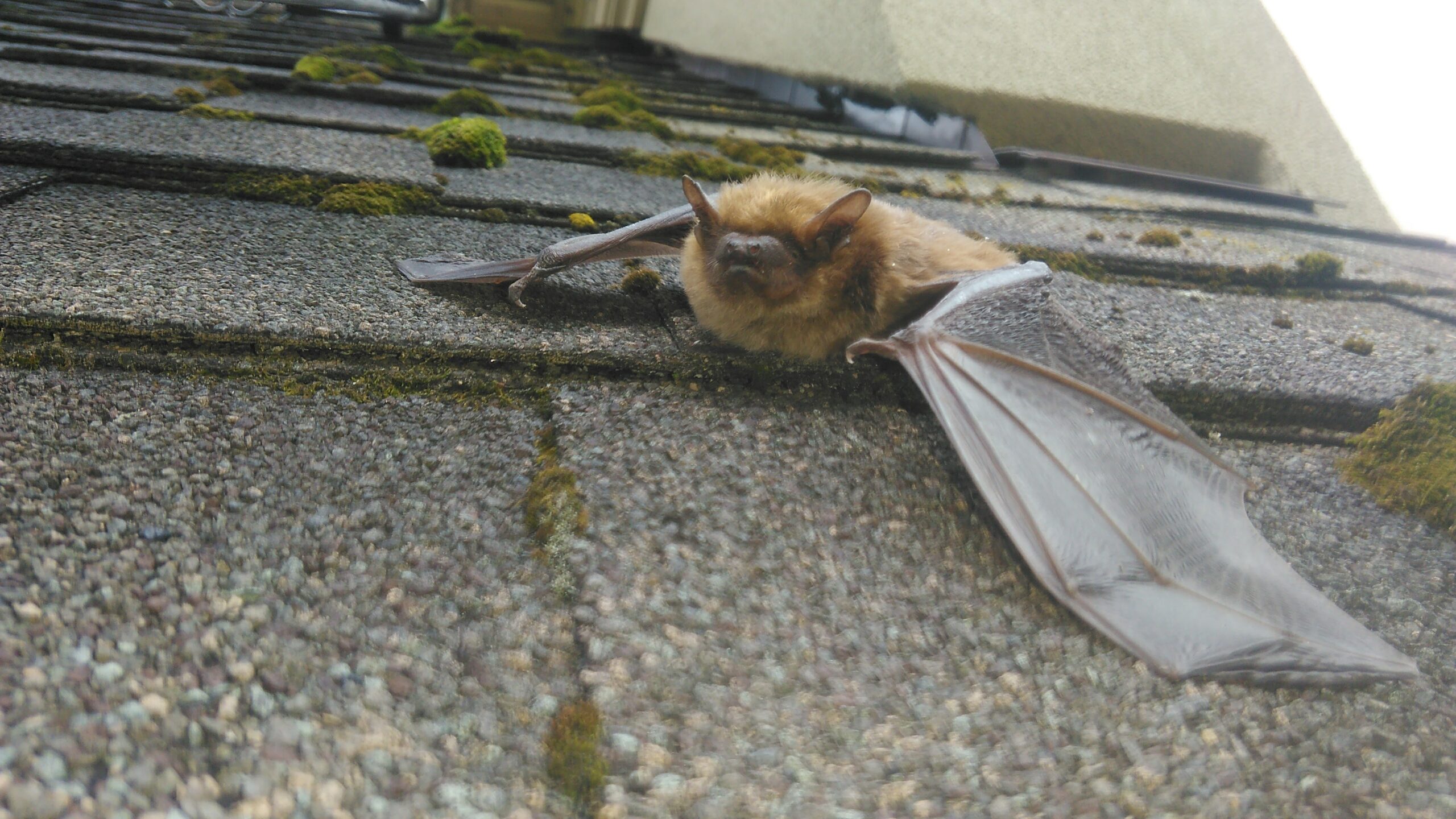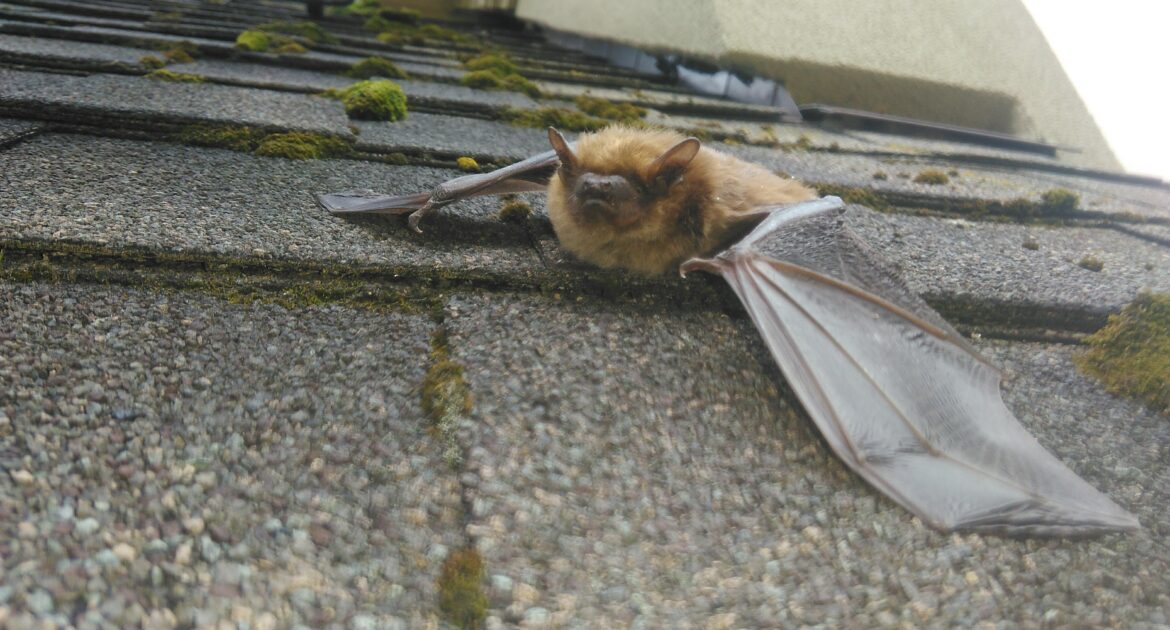Bats are fascinating animals, and they serve a valuable purpose to society by eating nuisance insects that may carry dangerous viruses. However, despite the advantages of having bats near your home, you still do not want the flying critters taking up residence in your attic. Talk to any specialist in bat removal in Hamilton, and they can explain the problems of having bats in the house. Additionally, they can discuss the weaknesses of DIY bat removal solutions.
The Law
Many people assume that bats can be dealt with the same way you might with rats or mice, with traps. First, you should never use traps on any wildlife as they are cruel and usually ineffective. Second, it is illegal to trap or kill a bat in many states and regions.
Most states and regions understand the advantages of a healthy bat population. States understand that bats help control pesky insect populations and help pollinate flowers, and spread seeds.
In many areas, bats are a protected species. While you might only incur a fine for eliminating a bat, some of those fines can reach upwards of $20,000.
The Health and Safety Risks
Many people hear about the benefits of bats and may entertain the idea of letting one nest in their attic. Do not do this. While bats are excellent for the environment, they are not beneficial to your home or health.
Bat urine and guano can carry a fungal disease called histoplasmosis. While mild infections cause flu-like symptoms, more severe cases can result in respiratory failure.
Additionally, bats can be carriers of the rabies virus. If they bite you, you can become infected. Without appropriate treatment, rabies can cause significant health problems and might lead to death.
The Failure of DIY Methods
When looking for removal methods online, you will come across many claims, from music and strobe lights to mothballs and ammonia. Do not be fooled. None of the popular DIY methods listed in web searches actually work. People who claim they do either experience a fluke or coincidence or are lying.
The only practical solution for bat removal is professional exclusion. Additionally, regardless of what bloggers or social media experts might suggest, the DIY exclusion is not the same as a professional service coming in.
The Exclusion Process
Exclusion is a popular method of wildlife removal among humane animal control services. The process does not harm the animals but ensures they cannot get back inside the structure.
When using the exclusion process on bats, the wildlife service will attach steel screen tubes over the bats’ exit and entry points. The tubes are considered one-way exits, meaning the bat can leave through the opening but will not be able to get back inside.
Additionally, wildlife control specialists seal all other openings using caulking and screens. The service will install mesh over attic vents. The team will look for openings as small as 1/4 of an inch, ensuring they are all sealed.
The Efficacy of Professional Services
Professional exclusion is more effective than DIY methods. DIY options rarely work, can harm the animal, and might result in significant fines. Professional service does not even need to come into contact with the animal and encourages relocation without causing stress.
Do you have bats in your attic or inside your home? Please do not attempt to catch them alone. Contact Skedaddle Humane Wildlife Control and request emergency assistance. The company will send out a wildlife technician to quickly and efficiently resolve the problem. Additionally, the expert can assess your property to determine if further action is required.




